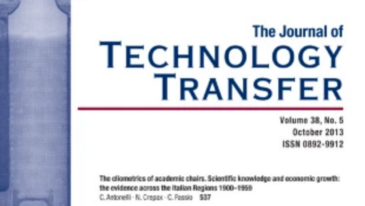This paper provides empirical evidence on a special case of restricted technology transfer: The German Democratic Republic (GDR) characterized by a socialist innovation system with a supply-side-oriented technology-push model encompassing intellectual property rights protection partially distinct from the one employed in most market economies. We exploit the natural experiment setting of the formerly separated regions in Germany and compare the productivity effects of knowledge generation, accumulation, and diffusion in the GDR with those of the Federal Republic of Germany (FRG) between 1970 and 1989. By applying a Cobb-Douglas production function to original primary and harmonized productivity data and manually cleaned patent data, we show that knowledge generation, accumulation and diffusion contributed to sectoral productivity in the GDR similarly compared to the FRG, despite the institutional misalignments in the socialist innovation system. We explain these findings and provide implications for present organizations with regard to incentive schemes for patenting, the support of personal creativity and education, and alternative technology transfer mechanisms in case of institutional barriers to innovation.
Der Artikel ist im Projekt Mod-Block-DDR (Projektnummer 01UJ1806DY) sowie dem DFG Netzwerk "Die Dynamik von Innovationssystemen" (Projektnummer 496310572) entstanden.
Der Artikel kann hier heruntergeladen werden: doi.org/10.1007/s10961-023-10055-5

